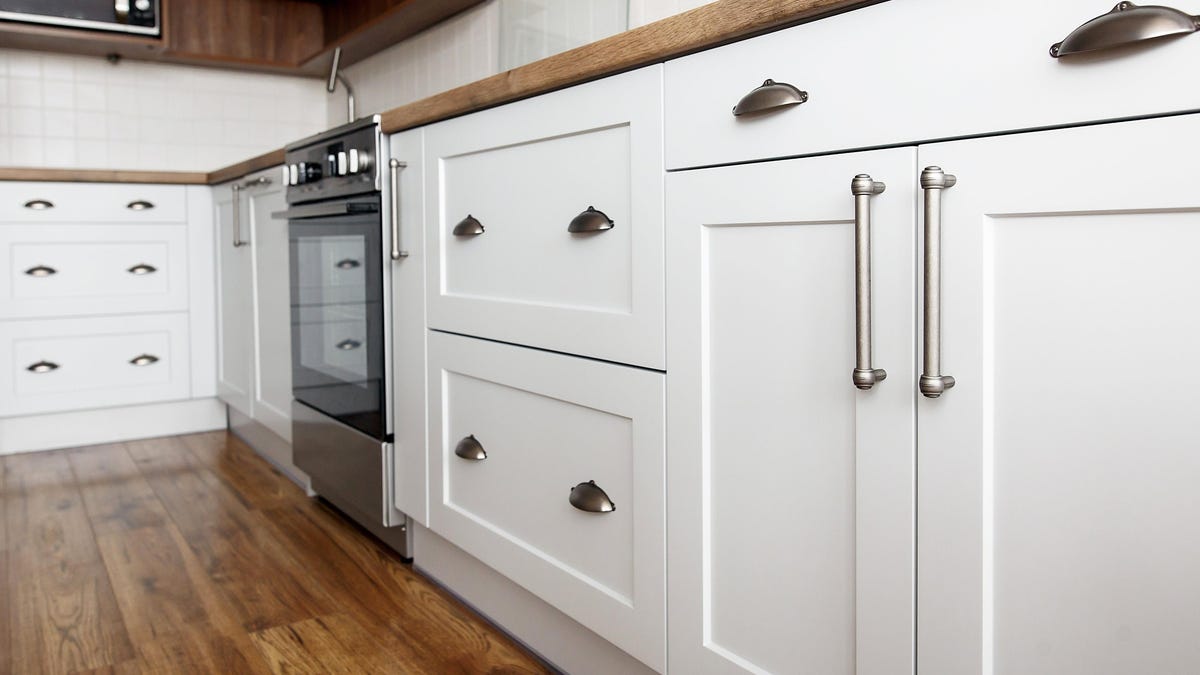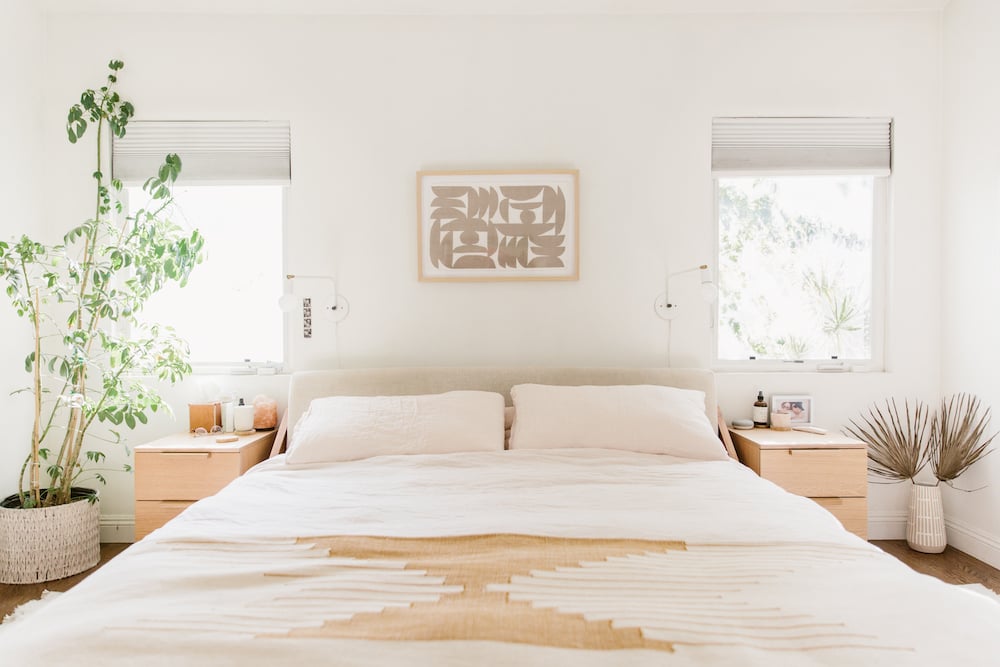The Cheapest Alternatives to Expensive Home Improvements
Home improvements are alluring, as they can add convenience as well as value to your home—but they can also be expensive. While certain repairs like roofs and siding are often necessary to prevent damage, others can wait if you’re...

Photo: Bogdan Sonjachnyj (Shutterstock)
Home improvements are alluring, as they can add convenience as well as value to your home—but they can also be expensive. While certain repairs like roofs and siding are often necessary to prevent damage, others can wait if you’re on a budget. Here’s a few of the most expensive projects, and some lower cost updates you can do in the meantime to freshen up a tired room.
Kitchen remodel options on a budget
It might not surprise you that kitchen renovations are the most expensive improvements to make on average. With the cost of appliances, countertops, and cabinets, this project can quickly become a major investment adding up to an average of about $20,000. However, if your kitchen is feeling dated, you can do some simple (and cheaper) updates like changing out cabinet hardware, painting the walls, or adding a backsplash. If you have appliances that are outdated, consider replacing only the ones that are broken or damaged. Mismatched appliances might not be such a big deal if it saves you thousands of dollars.
Bathroom remodel options on a budget
Bathrooms come in second for most expensive improvement at an average renovation cost of about $10,000. Because of all the plumbing and fixtures, plus the need for waterproofing, bathroom renovations are hardly ever cheap. To stave off the need for this expense, simply re-caulk your tub and sink, switch out your taps or shower head, or upgrade your medicine cabinet. Unless you have an active leak or a broken fixture, most bathroom updates can wait if you’re trying to save money.
G/O Media may get a commission
Adding a deck
Adding a deck is a major expense you can probably do without. It typically costs between $2,000 and $7,000 to build a new deck, and is an improvement you can live without. Instead of building a deck, consider creating an outdoor seating area in your existing yard. Using some gravel and gravel pavers to create a patio area that’s mud free can be a good alternative to building a new deck, and it can save you a few thousand dollars.
Adding central air
Central air is also a major expense that can run you more than $5,000. If you don’t need AC for health reasons, this is an expense you can put off to save money. One completely free way to keep your home cooler in the summer is to keep drapes shut during the hottest part of the day, and open windows at night to allow air to circulate. Central air conditioning is definitely subject to a cost/benefit analysis if you’re currently using a window unit because the cost of running a window AC might exceed the cost of replacing it in a few years unless you use it for one well-insulated room. Using a window unit in a bedroom and keeping the door shut will likely be less expensive, even in the long run, than running a whole-house system.
Laundry room remodel
Expanding or adding a laundry room is a remodel that might cost more than you would expect. Appliances, flooring, plumbing, and air ducts for a laundry room redo can all add up to more than $8,000 on average. If your appliances are working and you don’t have any leaks, it might be better to wait on this project to save some money. Maintenance like cleaning your dryer duct and lint screen regularly and making sure your appliances are leveled to avoid unnecessary wear on the motors can extend the life of your current laundry room and appliances and make them safer, too. If you hate the floor of your laundry room, add a rug; if you have a broken appliance, consider replacing only the broken one for a big savings.

 BigThink
BigThink 

































